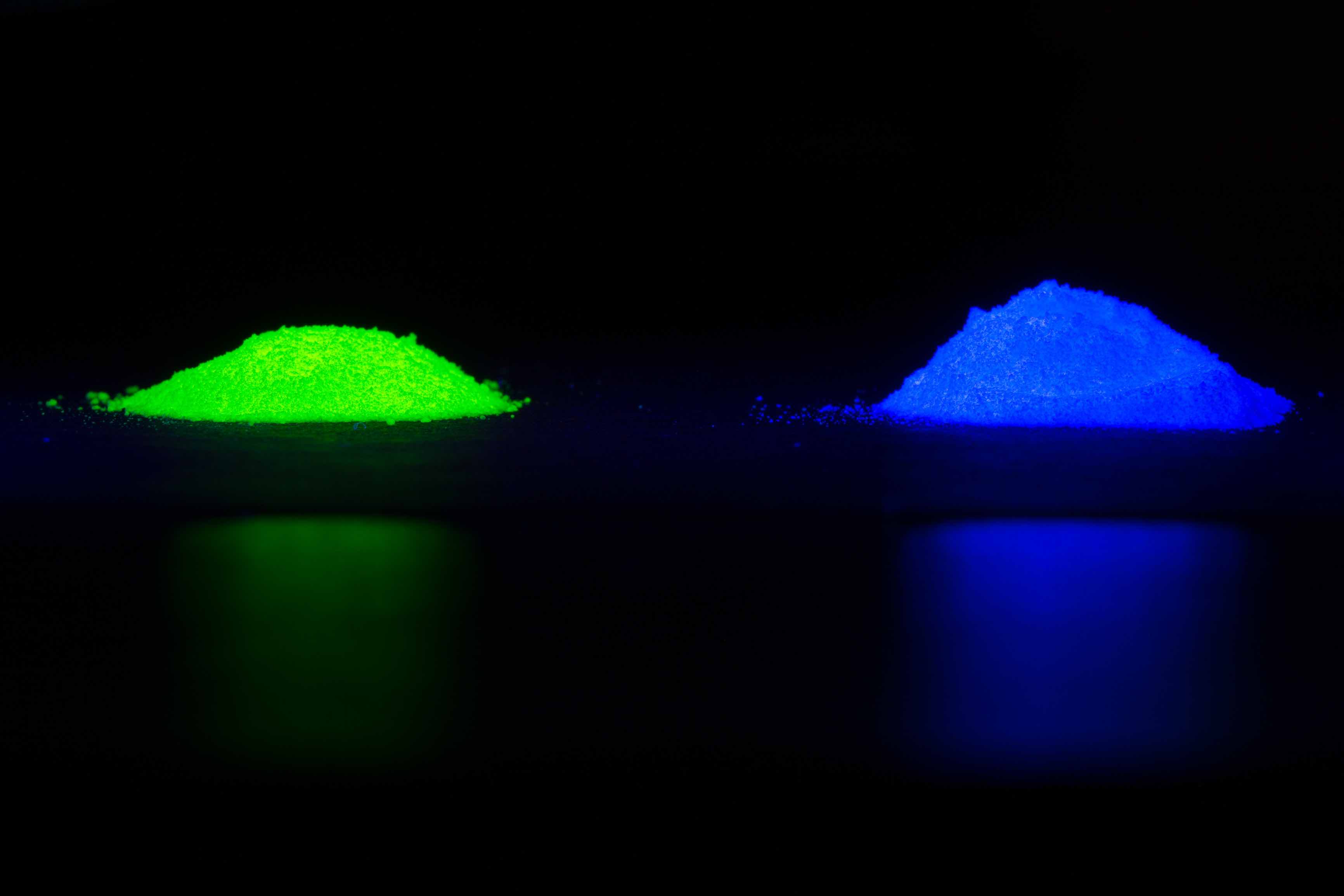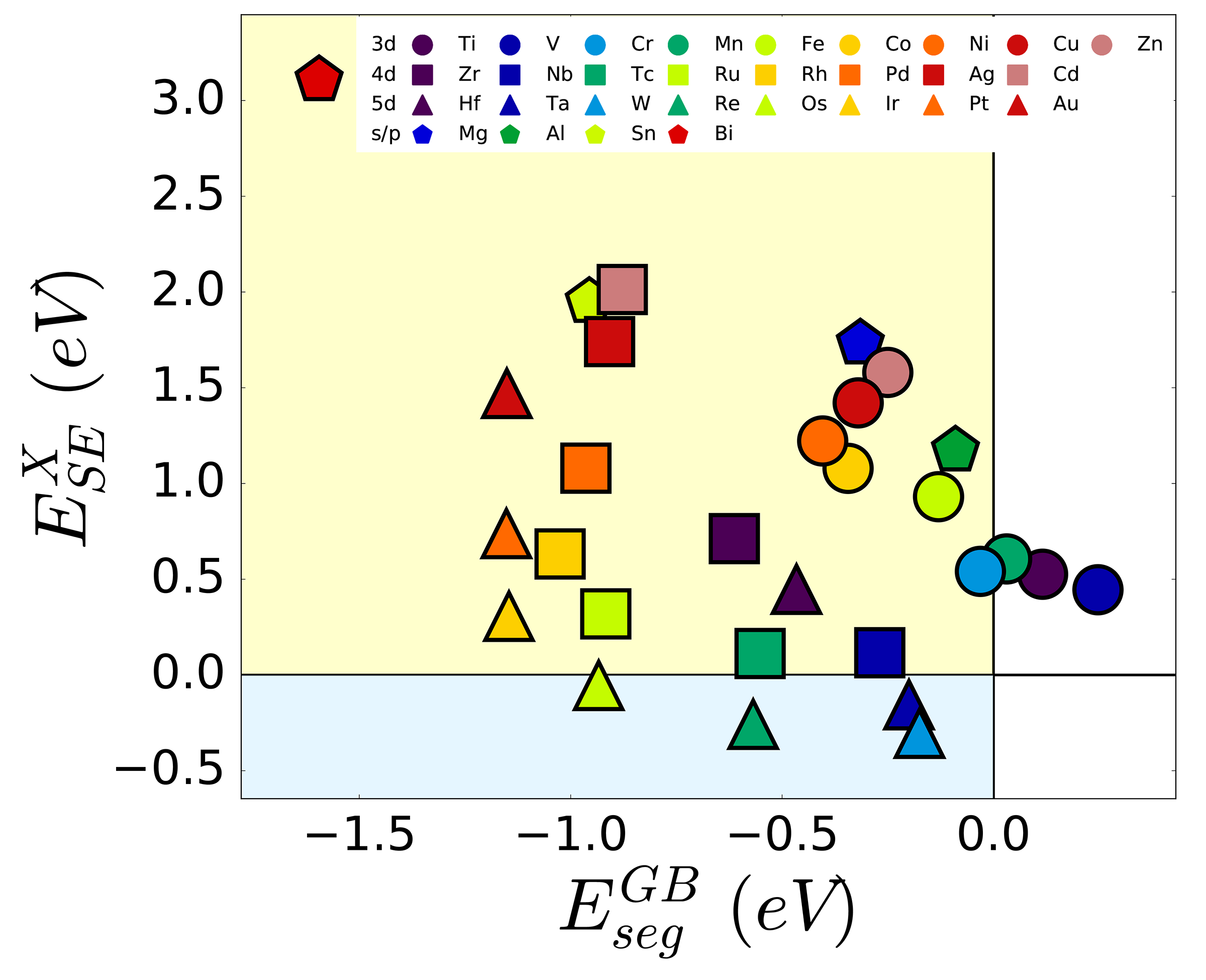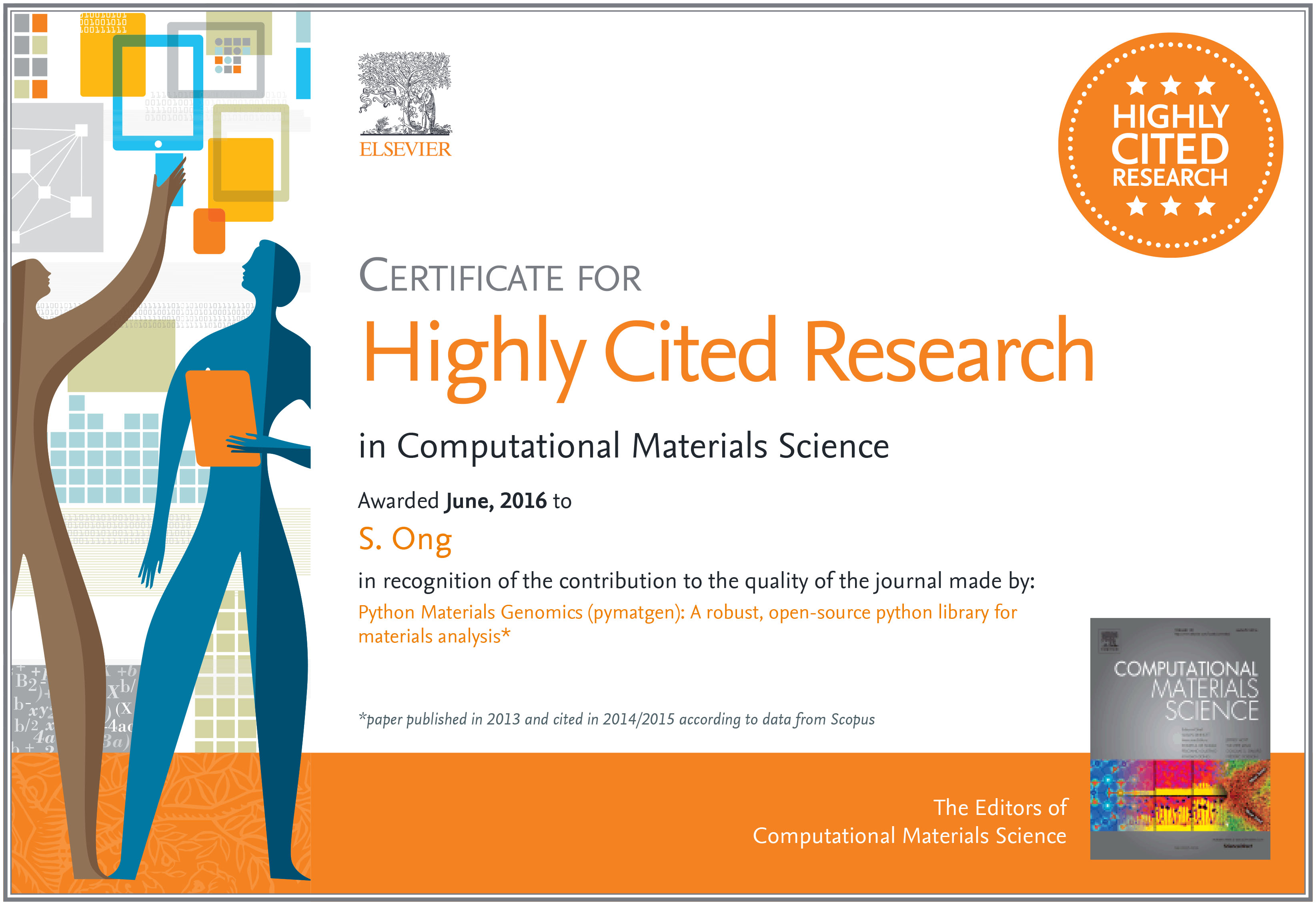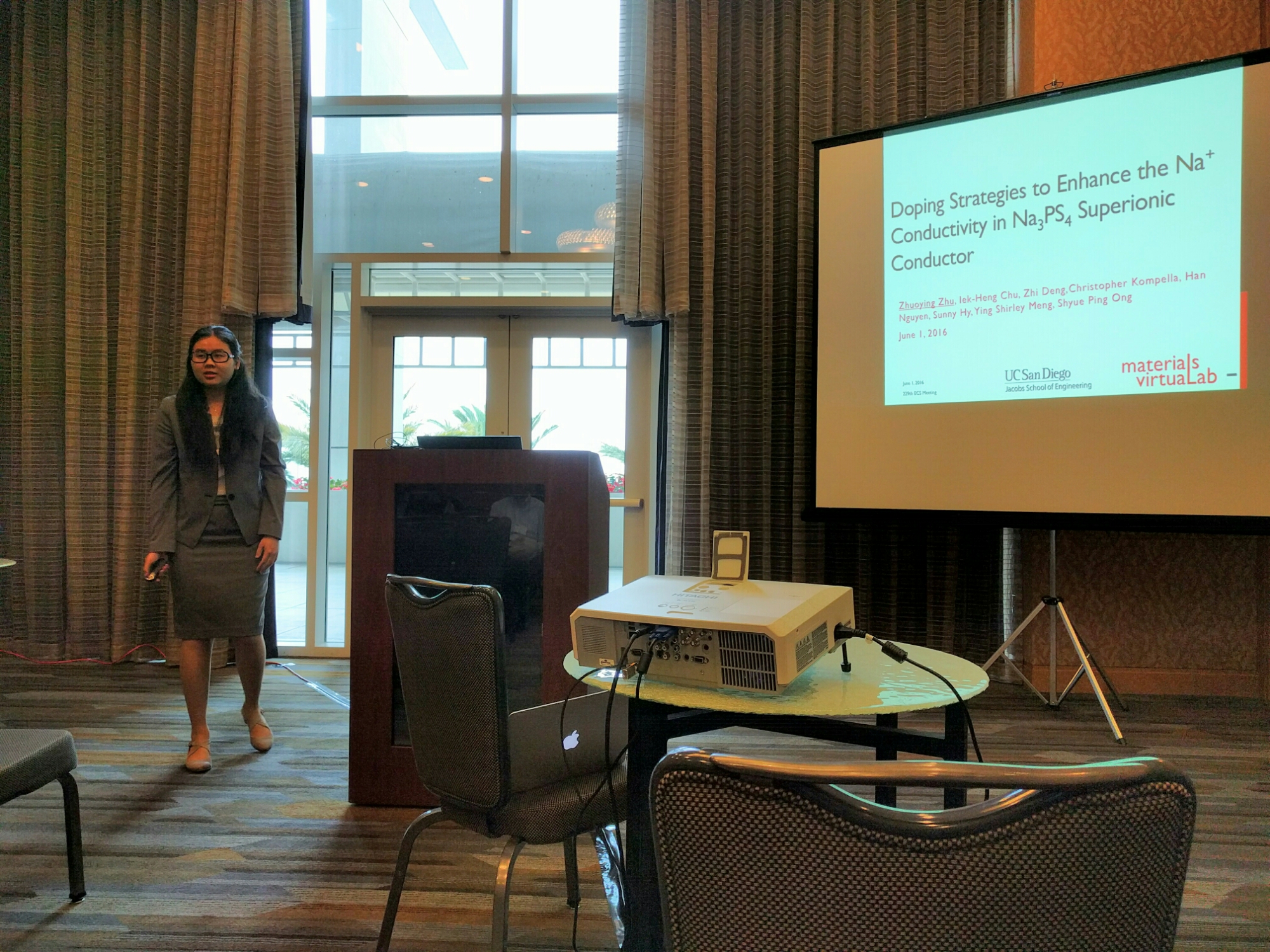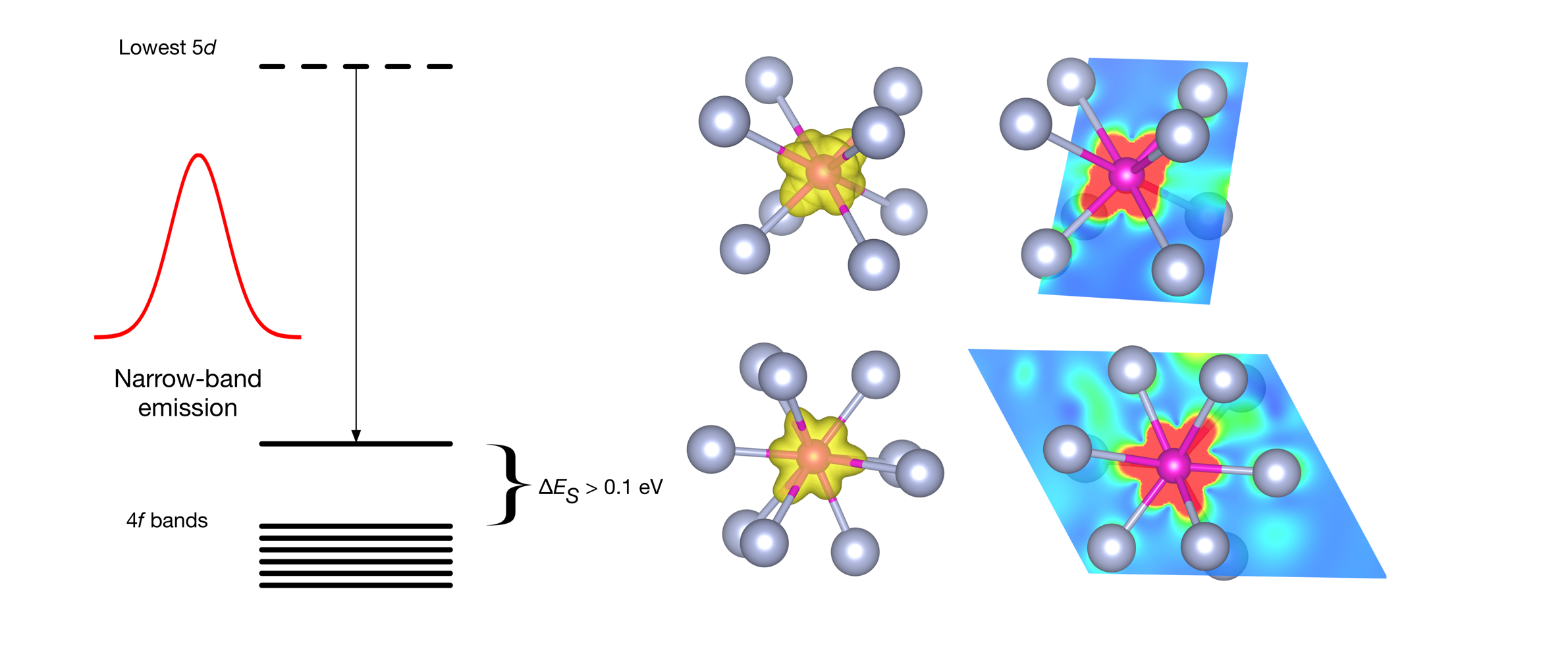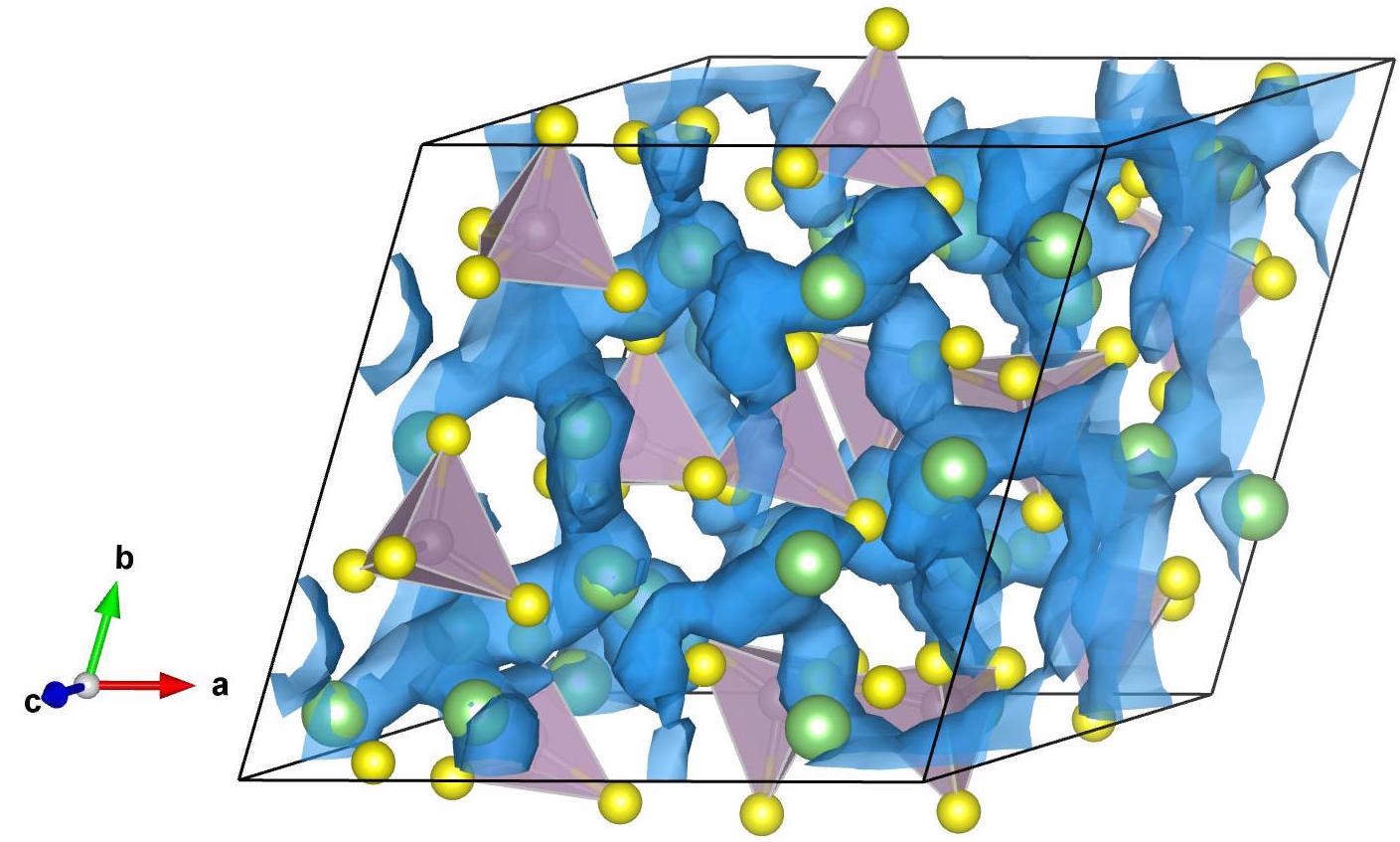Upcoming talks at XXV International Materials Research Congress
Prof Ong and Zhenbin Wang will be giving the following talks at the upcoming XXV International Materials Research Congress held in Cancun, Mexico.
- Shyue Ping Ong, “Multi-Electron Polyanion Cathodes For High Energy Density Alkali-Ion Batteries”, Symposium B4. Materials and technologies for stationary electrochemical energy storage, Wed Aug 17 2016, 8:30am.
- Zhenbin Wang, “Discovery of Novel Narrow-Band Red Phosphors using High-Throughput First Principles Descriptors”, Symposium B2. Inorganic Luminescent Materials and Applications, Thurs, Aug 18 2016, 12:45 pm.
We look forward to meeting fellow scientists and researchers who are there!

